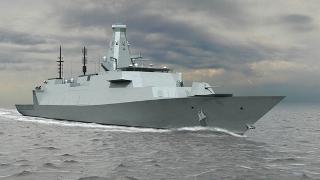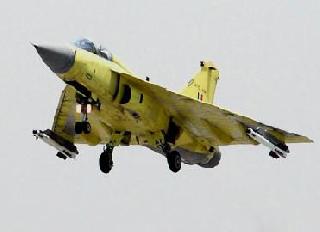The PAK-FA T-50 fighter. A Sukhoi photo
MOSCOW (BNS): The fourth prototype of Russia's fifth generation fighter aircraft (FGFA) has completed its first long-range flight test last week.
The advanced stealth fighter, designated PAK-FA T-50-4, took off from Komsomolsk-on-Amur in Far East Russia and landed at the Zhukovsky airfield near Moscow, Russian aerospace major Sukhoi, which is building the new warplanes, said.
The flight of the aircraft was performed for the first time with several intermediate stops from Komsomolsk-on-Amur -- the production plant of these aircraft, the company said, adding that the aircraft performed well during the flight.
The fighter jet covered a distance of 7,000 km during the flight, according to a Ria Novosti report which quoted Deputy Prime Minister Dmitry Rogozin as stating.
"It is a serious breakthrough! The plane flew 7,000 kilometers (4,350 miles), making two landings, in Abakan and Chelyabinsk, on the way to the Russian capital," Rogozin, who oversees the Russian defence industry, twitted.
The T-50-4 had undergone its maiden flight trial in December 2012.
Russia began flight testing the new-generation supersonic stealth planes in 2010 when the first PAK FA prototype made its maiden flight on January 29.
The advanced warplane made its first public appearance and conducted demonstration flights during the MAKS 2011 international air show in Moscow.
The Russian Air Force expects to induct the futuristic fighters from 2015.
India is partnering with Russia in developing the advanced warplanes for its air force. The initial version of the fighter plane is slated to be unveiled in India by 2014 and the Indian Air Force will begin their induction from 2022.
India plans to acquire a total of 214 of these fighters by the end of 2030 at an estimated cost of over $30 billion.
 Previous Article
Previous Article Next Article
Next Article













The Indian Air Force, in its flight trials evaluation report submitted before the Defence Ministry l..
view articleAn insight into the Medium Multi-Role Combat Aircraft competition...
view articleSky enthusiasts can now spot the International Space Station (ISS) commanded by Indian-American astr..
view article